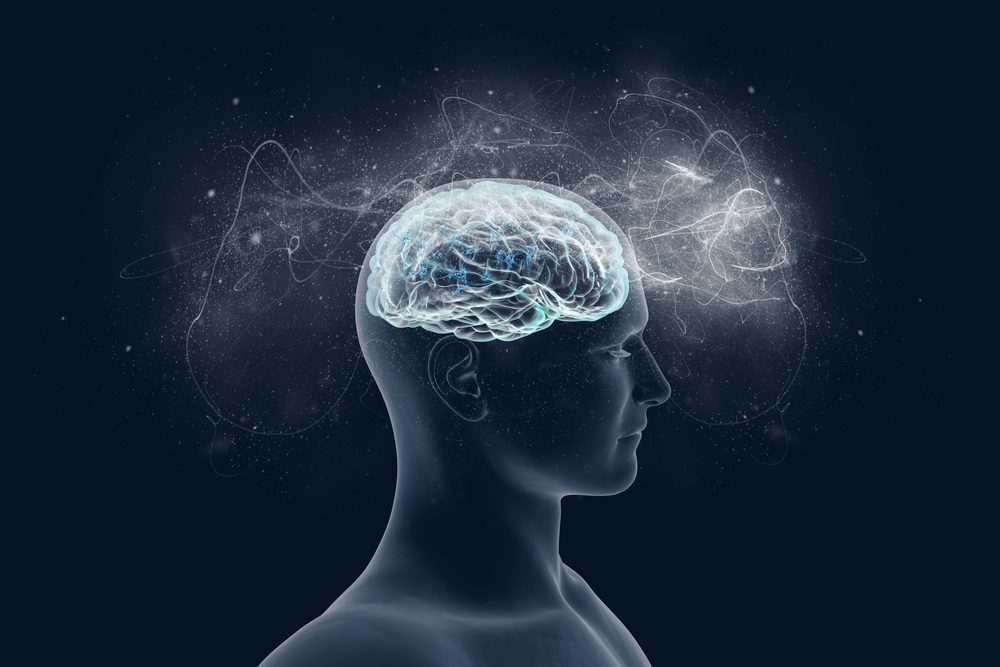
11 Oct What is brain neuroplasticity and how to use it to your advantage
What is brain neuroplasticity and how to use it to your advantage
Did you know that your brain is capable of changing and adapting as you age? This is known as brain neuroplasticity, and it is a powerful tool that you can use to your advantage. Your brain has the ability to change its structure and function, depending on the activities you engage in. If this is something you’d like to know more about, read on – we explore what it is and how you can use it to enhance your mental prowess.
What is brain neuroplasticity?
Neuroplasticity is the brain’s ability to reorganize itself by forming new neural connections throughout life. This process begins in infancy and continues into adulthood. The brain has an amazing ability to adapt and change, depending on your environment, experiences, and learning. It is constantly rewiring and changing itself in response to the activities you do.
The history behind this phenomenon
Brain neuroplasticity can be traced back to the late 1800s when scientists first began observing brain changes in response to various stimuli. One of the most famous early studies was conducted by Russian physiologist Ivan Pavlov, who observed that dogs began to salivate at the sound of a bell after being conditioned to associate it with food. This showed that the brain could be trained to respond in a certain way to specific stimuli.
Since then, there have been many studies conducted on brain plasticity. In the 1960s, Canadian neuroscientist Donald Hebb discovered that brain cells (neurons) that fire together, wire together. This means that the more you use a certain brain pathway, the stronger it becomes. This is how we learn new skills – by repeating an activity, we are effectively strengthening the neural connections associated with it.
How does brain neuroplasticity work?
Your brain is made up of billions of neurons, which are interconnected and constantly communicating with each other. When you learn something new or have a new experience, your brain forms new neural connections.
Do I need medical care to improve neuroplasticity?
No, there are many things you can do on your own to improve brain neuroplasticity. The best part is that you can do these at any age or pretty much at any time that works for you – it’s a lifelong process that you can enhance if you choose to.
How can I use brain neuroplasticity to my advantage?
You can use brain neuroplasticity to your advantage by engaging in activities that challenge your brain and promote new neural growth. Some examples of brain-boosting activities include:
Learning a new language
New languages have been shown to increase brain plasticity and improve brain function. If you’re looking for a challenge, try learning a new language.
Playing an instrument
This requires the use of both sides of the brain and can help to improve cognitive function.
Trying crossword puzzles
Another great way to keep your brain active and improve your memory is crossword puzzles are a fun and stimulating activity to improve neuroplasticity.
Engaging in brain-training games
These games are designed to challenge your brain and promote new neural growth. It’s a great way to keep your mind sharp and improve your memory
Is brain neuroplasticity affected by any medical conditions?
Yes, brain neuroplasticity can be affected by medical conditions, such as stroke and Alzheimer’s disease. However, there is still much unknown about how these conditions affect brain plasticity. More research is needed in this area to determine how best to use brain neuroplasticity to improve brain function in people with these conditions.
Brain plasticity: case studies of people who’ve used it to their advantage
Michael Phelps is perhaps one of the most famous brain plasticity case studies. As a world-renowned swimmer who has won 28 Olympic medals, Phelps attributes his success to the brain plasticity he experienced as a result of years of training.
Jill Price is another brain plasticity case study who used it to her advantage. Jill was born with a photographic memory, which she used to her advantage by becoming a writer.
Chiropractic care may help you improve brain neuroplasticity
Chiropractic care is a type of care that uses specific and gentle light touch contacts at access points into the central nerve system to address the needs of the whole person. This type of care may help to improve brain neuroplasticity by providing both physical and mental stimulation. Years of experience with thousands of people has demonstrated improved cognitive function, memory, and brain plasticity.
If you’re looking for a way to improve brain neuroplasticity, schedule an appointment with Dr Ari Diskin today.

